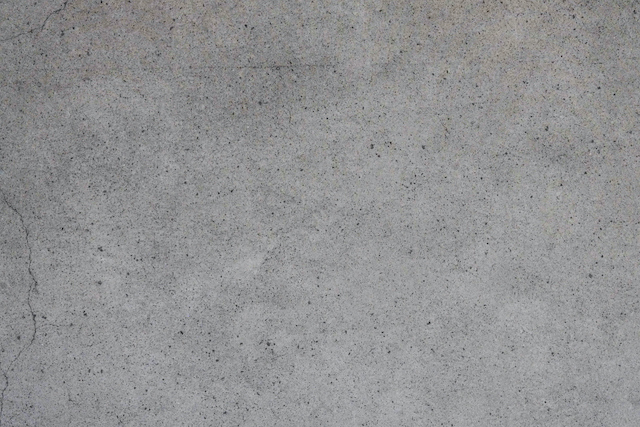Troubleshooting the Most Common Concrete Sealer Problems

In this blog, we’ll explore some of the most common concrete sealer problems.
Concrete construction is a demanding and often hazardous line of work, requiring precision and care at every stage. Despite its strength, concrete is still vulnerable to damage caused by equipment malfunctions, aging, and harsh weather conditions. That’s where concrete sealers come in—they serve as a protective layer to help extend the overall lifespan and durability of concrete surfaces. However, like any protective material, sealers can experience issues over time. In this blog, we’ll explore some of the most common concrete sealer problems and explain why partnering with G&M Services is the best way to ensure your concrete stays strong, safe, and well-protected. Read on to learn more!
Bubbled Concrete Sealers
One of the most common issues with concrete sealers is bubbling. This typically occurs when too much sealer is applied, trapping air beneath the surface. These air bubbles not only create an uneven, unattractive finish but can also compromise the effectiveness of the sealer itself. The problem becomes even more likely during hot weather, as high temperatures can cause the sealer to dry too quickly, locking in trapped air. During the summer months, proper application techniques are essential to ensure a smooth, durable finish that fully protects your concrete surfaces.
Concrete Sealers Becoming White
Another common issue caused by improper concrete sealer application is whitening or “blushing.” This cloudy, white appearance should never occur when sealers are applied correctly. Solvent-based concrete sealers are especially prone to this problem, often due to trapped moisture beneath the surface. Excess water, from applying sealer on damp concrete or using water to cool tools during application can interfere with proper bonding. Over time, this moisture buildup leads to discoloration and weakens the protective layer. To avoid these issues, it’s crucial to ensure that the concrete is totally dry before applying the sealer.
Powdery Concrete Sealer
A concrete sealer should never appear chalky or powdery once applied. This issue often occurs with water-based sealers and is typically caused by unfavorable temperature or humidity levels during application. Both factors play a major role in how the sealer cures and adheres to the concrete surface. If the air is too humid or the temperature is outside the recommended range, the sealer may not form a proper bond, leading to a weak, powdery finish. To prevent this, always check local weather conditions and ensure the surface and environment meet the ideal requirements before applying a water-based concrete sealer.
Revitalize Your Business with G&M Services
G&M Services is proud of our employees and the dedication they have for safety in the workplace. We reward our employees for displaying positive safety practices. We incorporate weekly and monthly discussions and meetings to ensure that all involved know how to handle equipment and potentially risky situations during a project. We offer services in the way of concrete core-drilling and sawing, concrete scanning, Air Barriers, Firestop, and BIM Project Management and Coordination. To get started with us, call today at 410-787-8828 or visit our contact page. Follow the official company page today on Facebook, Twitter, and LinkedIn.








